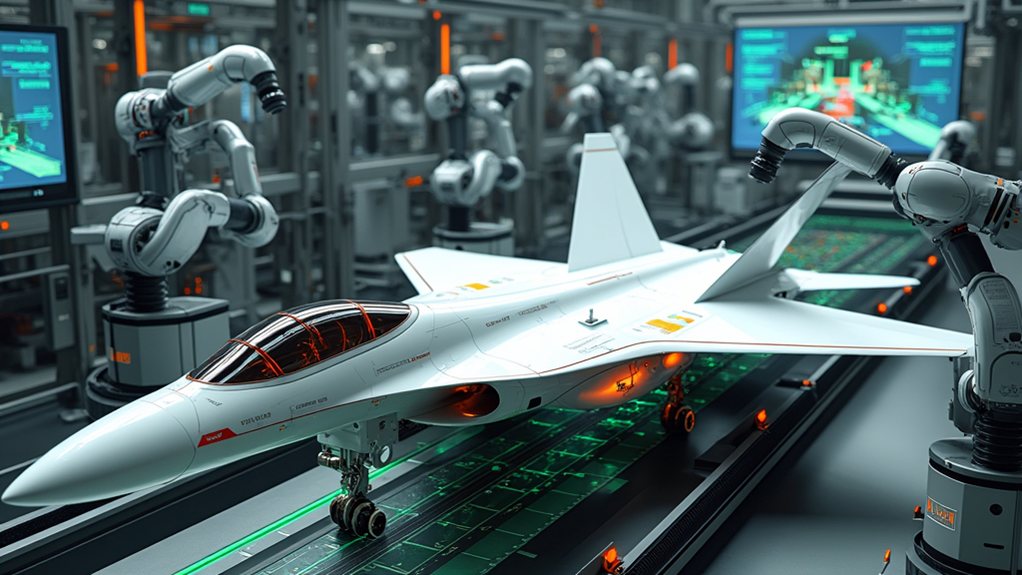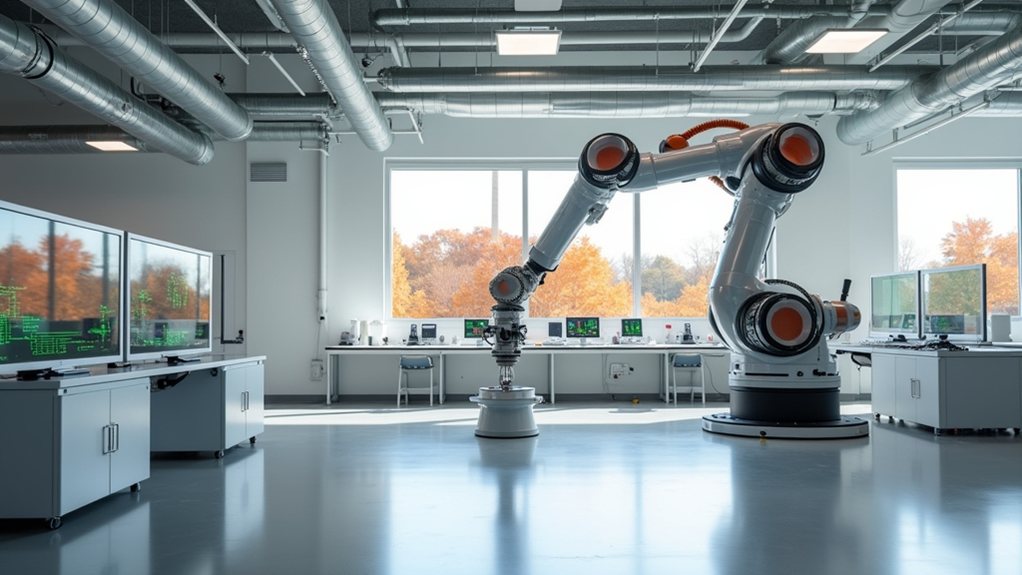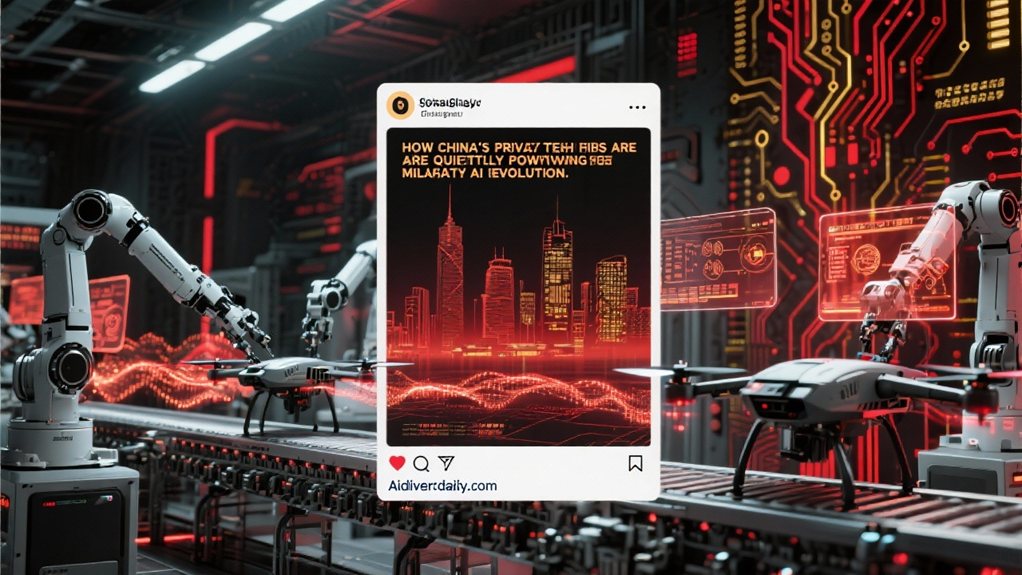The Factory-Floor Revolution Changing Modern Warfare
As defense industries worldwide scramble to modernize their production lines, artificial intelligence has emerged as the game-changer nobody saw coming. While media headlines obsess over the latest drone footage from conflict zones, the real revolution is happening behind factory doors. AI-powered manufacturing systems are quietly transforming how military equipment is designed, produced, and maintained. It’s not as sexy as a missile-launching drone video, but it’s reshaping global defense capabilities faster than anyone predicted.
While headlines fixate on battlefield tech, AI-driven factories are silently revolutionizing military production behind the scenes.
The numbers don’t lie. Global military AI spending is set to blow past $30 billion by 2028. Europe, once a technological laggard in defense, is throwing serious cash at AI manufacturing tech. Why? Because it works. AI algorithms are slashing production times and costs while boosting quality control. No human inspector can match an AI system that spots microscopic defects in missile components or aircraft parts. Perfect for perfectionists with military budgets. Real-time monitoring and threat detection systems ensure military production facilities maintain the highest security standards.
Digital twins are another game-changer. These AI-powered virtual replicas simulate complex military systems before a single piece of metal gets cut. Design flaws that might have cost millions to fix after production? Caught in seconds. Gone are the days of building expensive prototypes just to watch them fail spectacularly. Military engineers can now fail cheaply in virtual space instead.
The smart factory concept is revolutionizing defense manufacturing overnight. AI-controlled robotic systems work with inhuman precision, while predictive maintenance algorithms prevent costly breakdowns before they happen. No more “sorry, the tank factory is closed for repairs.” These systems keep running when it matters most.
Beyond the factory floor, AI is transforming military supply chains. The defense market’s projected CAGR of 6.9% through 2034 is largely driven by these AI-enhanced logistics systems. Advanced algorithms predict disruptions, optimize inventory, and guarantee components arrive exactly when needed. During conflicts, logistics win wars. AI is making certain nothing stops production.
What makes this shift so powerful is how AI spans the entire defense ecosystem. From developing advanced materials with specific military properties to designing complex autonomous systems, AI touches everything. Despite employing over 38,500 workers, defense manufacturing has seen a slight decline, pushing the industry to embrace automation and AI solutions more aggressively. Traditional drone technology, while impressive, represents just one narrow application. Manufacturing AI affects every weapon system, vehicle, and piece of equipment in a military’s arsenal.
The industry’s sudden romance with AI isn’t just technological infatuation. It’s cold, hard pragmatism. AI-powered defense manufacturing delivers better equipment, faster development cycles, and lower costs. In the high-stakes world of military technology, that’s not innovation – that’s survival.






